The relentless rise upwards in prices continues, with little sign of a break for consumers who are desperately trying to make ends meet.
Inflation has now hit double digits, a painful financial milestone but the worst is yet to come.
At 10.1% this is the highest peak for inflation since February 1982 when The Jam were at the top of the charts with A Town called Malice.
Right now the Bank of England finds itself in a sticky situation, with little option but to keep raising interest rates to try and lower demand in the economy.
Policymakers are in a jam because they know full well that this monetary policy squeeze risks pushing the UK economy into recession, if it isn’t there already.
This boiling temperature will mean policymakers won’t easily be able to turn down the heat on those rate rises given their stated determination to put a lid on inflation and bring it back to its 2% target.
The ONS data indicates that inflation rose more sharply in the UK than other G7 nations like France, Germany, Italy and the US. With more painful hikes in energy bills to come, and prices rising rapidly in supermarkets, many consumers are already having to make some hard choices about how to spend their dwindling budgets.
The path is set for a scorching summer of price rises to merge into a pretty awful Autumn and a winter of woe as households struggle against this tide of inflation.
In the US for now, retail sales appear to be holding up, which has buoyed Wall Street, but shoppers even in wealthier households are searching out bargains, with discounting helping push Walmart earnings above expectations.
Investors have clung onto this as a sign of consumer resilience and an indicator that the US may avoid recession, but it could also be read as a sign that shoppers are battening down the hatches and preserving their dollars and cents for tougher times ahead.
With energy making up such a big chunk of inflationary pressure, the drop off in the price of oil since the start of the month will come as some relief.
The price of a barrel of Brent Crude has inched up marginally since the fall to below $93 yesterday, after a US inventory report showed a larger than expected decline of crude stockpiles.
Hopes remain that there could be a deal reached with Iran to revive the nuclear accord and lift sanctions which could push another 2.5 million barrels per day onto the market and that’s helping keep prices lower.
That deal isn’t likely to be imminent but concerns about a dramatic slowing in the global economy are likely to keep a lid on crude prices.
Giles Coghlan, Chief Analyst, HYCM said:
“Today’s inflation print, which has once again risen above expectations, will provide investors with some serious food for thought.
With many becoming increasingly concerned about growing stagflation fears, this has prompted the Bank of England to bring its recession projections forward in recent months, with a five-quarter recession now predicted this year.
Undoubtedly the newest CPI reading means that we may see further GBP weakness in the medium-term, as it signals clear stagflation for the UK.
This is despite a 0.5% interest rate hike now priced in by STIR markets, which illustrates the problem for the BoE.
The central bank must hike rates to control surging inflation, but it does so at the expense of growth.
In many ways, the latest CPI reading will fall into focus for many investors, who will be conscious that there are no new or responsive fiscal policies in the making from Boris Johnson’s government, as the prime minister prepares to stand down in September.
Depending on the outcome of the ongoing leadership contest between Rishi Sunak and Liz Truss, things could change, with Truss particularly keen to shift the BoE’s mandate.
Right now, this is a key risk for the GBP, but as ever, the devil will be in the detail.”
Walid Koudmani, chief market analyst at financial brokerage XTB comments:
“The Consumer Prices Index including owner occupiers’ housing costs (CPIH) rose by 8.8% in the 12 months to July 2022 with the largest upward contributions coming from housing and household services.
Meanwhile, the Consumer Prices Index (CPI) rose by 10.1% in the 12 months to July 2022, up from 9.4% in June while the July figure was the highest annual CPI inflation rate in the National Statistic series, which began in January 1997 and continued to show the alarming rate of increase.
As this trend does not appear to be slowing down, concerns are increasing along with expectations of the BoE to effectively address the issue before it continues to negatively impact economic activity and as more investors and consumers become less optimistic.
The pound is attempting to rebound today but is having trouble breaking out of a consolidation area while the UK index took a hit and is trading lower.”




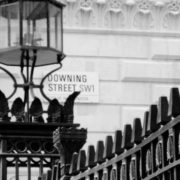
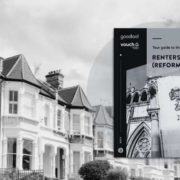


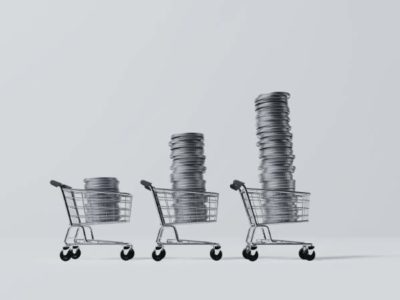
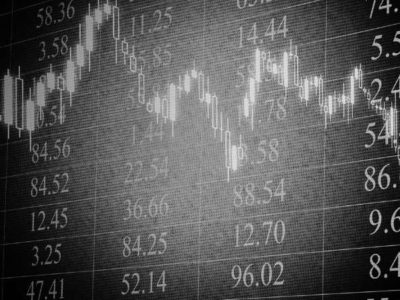
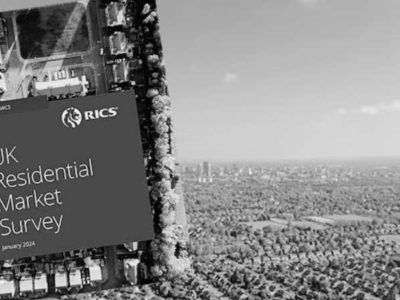


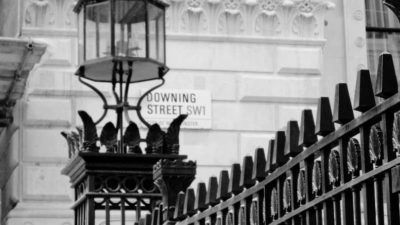
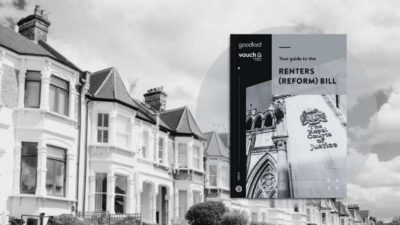






Comments